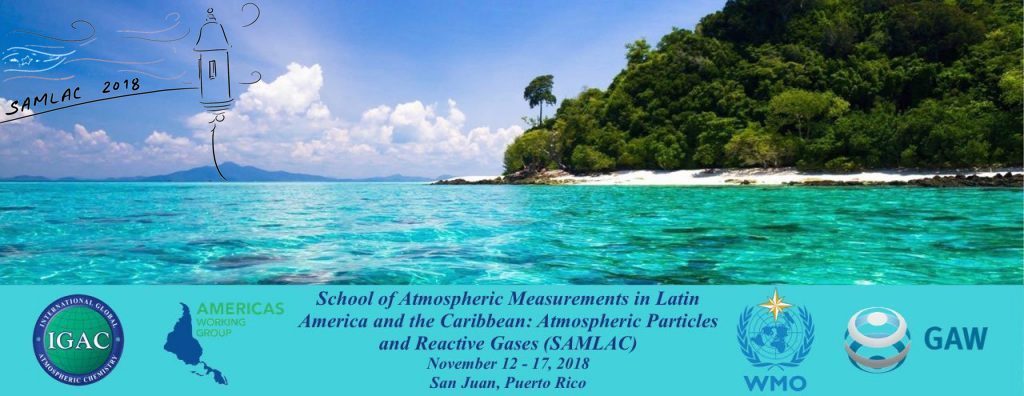Introduction to Tropospheric Aerosols
Aerosol particles impact human health and the World Health Organization recommends that countries not surpass a certain level. The different standards within Latin America and the Caribbean and current observations will be presented.
Students will learn briefly about the physics and chemistry of aerosol formation, discussing primary versus secondary formation and the link to sources as well as their lifetimes. Other parameters that characterize aerosol particles such as their morphology, number, area and mass/volume size distributions and composition, their vertical profiles and removal processes will be presented. Students will learn briefly about the chemical and physical transformations that aerosol particles experience in the atmosphere during their lifetimes, as they are advected from their sources.
Aerosols play a role in the atmosphere in terms of their interaction with, primarily, solar radiation. The lecture will briefly cover aspects of this interaction, noting the role of size, morphology, and composition on local and regional visibility. This interaction also plays a role in the radiative balance of the Earth system, and, given the large variability observed in aerosol particles, it is a source of uncertainties in the global estimates of the IPCC.
Students will learn that cloud droplet and ice particles in the planet form over a sub-group of aerosol particles. We will briefly discuss their characteristics and how they can impact cloud characteristics such as their albedo, lifetime and precipitation formation and the uncertainties that aerosol-cloud interactions introduce in the global radiative balance.
Long-range transport of aerosol particles and deposition far away from their sources can lead to pollution and also to phenomena such as ocean and land fertilization, thus affecting their natural ecosystems. Students will briefly learn about his topic, through examples such as transatlantic Saharan dust transport and anthropogenic particles affecting more pristine areas, such as the Arctic.
